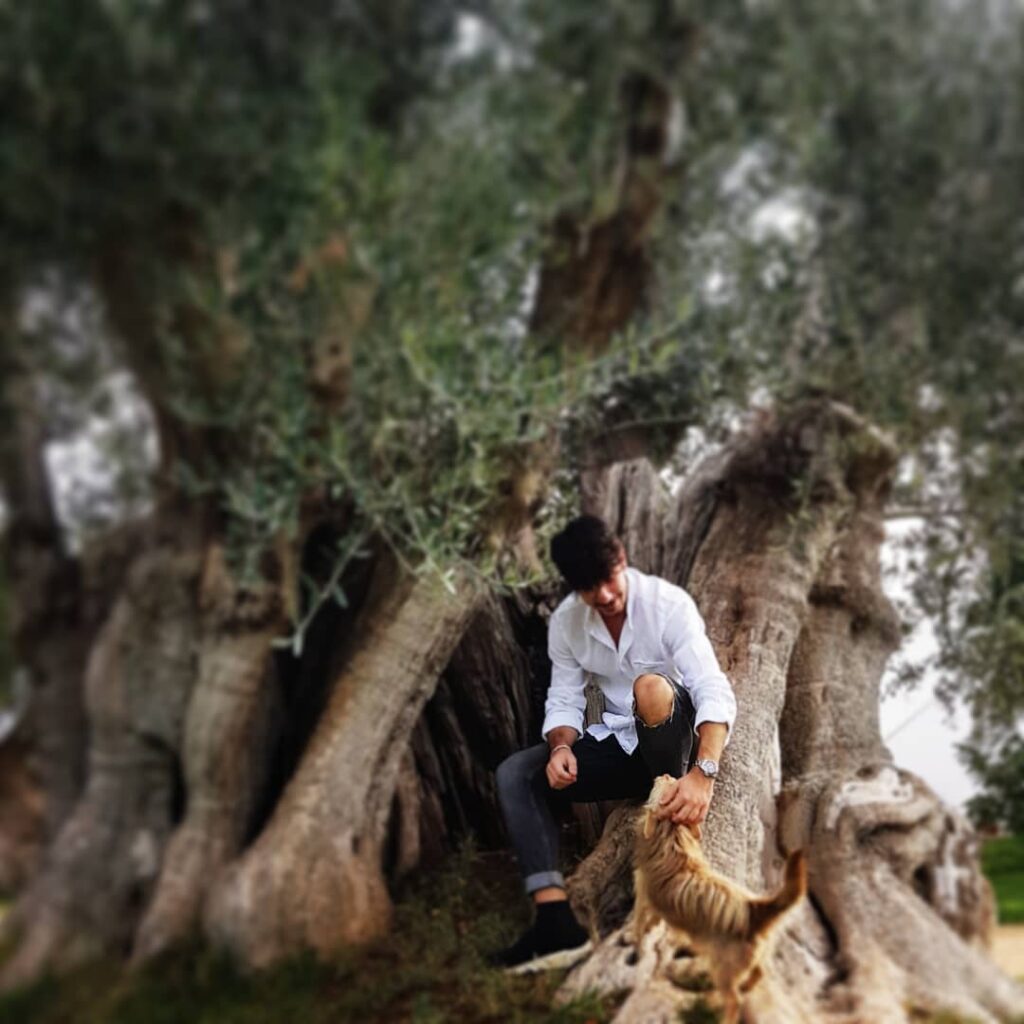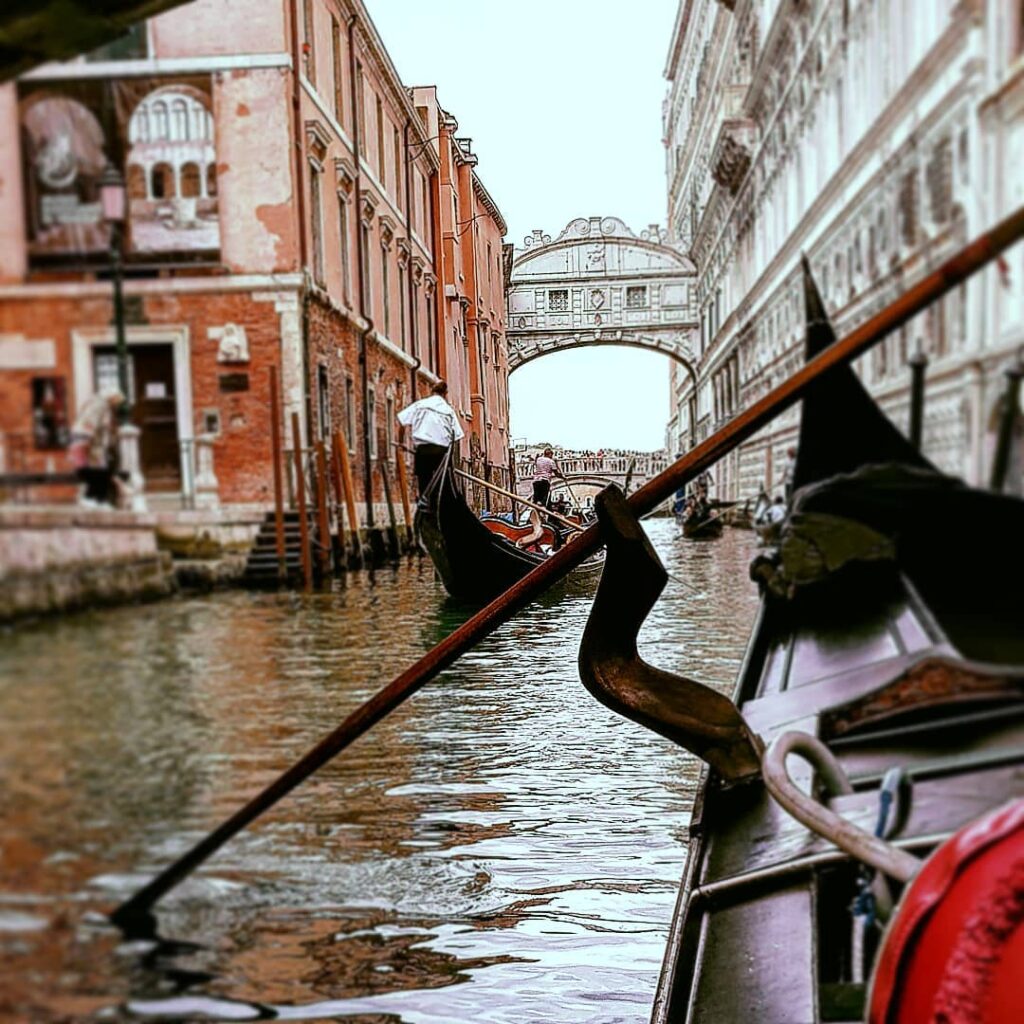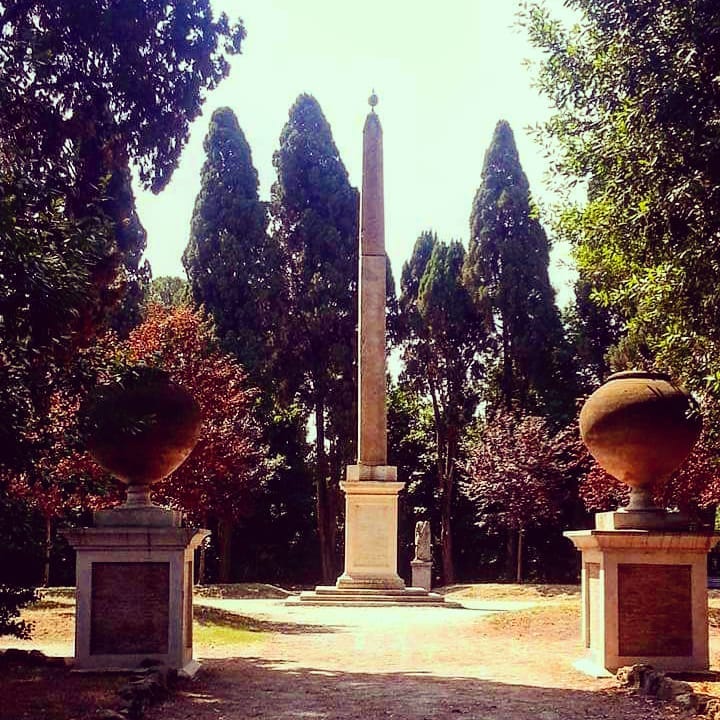Olive Oil in Puglia: The History and Significance From Ancient Roots to Modern Delights
Olive Oil in Puglia: Around 8500 BC, olive trees are believed to have made their debut in the region of Puglia during the Postglacial period, a time when the lower Adriatic area experienced more temperate climatic conditions. However, it’s worth noting that this hypothesis lacks concrete confirmation through available data. The earliest undisputed evidence of olives in Puglia dates back to the early 7th millennium BC.
During the Early Neolithic period and onward, wild olive trees were employed by coastal communities for their wood and later for their fruit. These coastal regions seemed to have provided the suitable conditions for olive cultivation. The olive tree maintained its significance during the Aeneolithic era, with its wood being used in funerary rituals.
While the process of domestication might have taken some time, it’s plausible that by the Middle Bronze Age, certain beneficial traits were unintentionally selected as a result of managing wild olives. Interactions between the indigenous communities and the Aegean people might have encouraged the adoption of new agricultural techniques, eventually leading to olive domestication. Traces of olive oil on containers may suggest that it was locally produced.
The period spanning from the 13th to the 9th centuries BC, marking the transition from the Bronze to the Iron Age, likely played a pivotal role in the domestication of the olive. Unfortunately, no archaeobotanical evidence from this period is available.
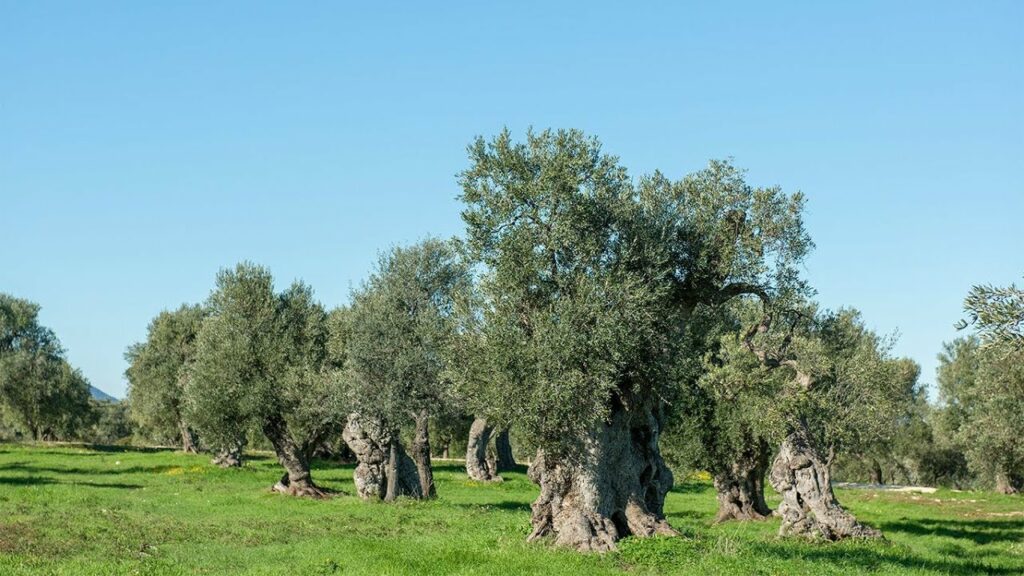
With Puglia’s integration into the Roman Empire in the 3rd century BC, the importance of the olive soared, leading to a surge in the number of facilities for olive oil extraction. Olive oil from Puglia became a valuable regional resource, and kilns were constructed for the production of amphorae, which were used to transport the oil across the Mediterranean from the Ports of Brindisi and San Cataldo. The quality of Puglia’s olive oil was also extolled by classical authors in their poetic works.
The expansion of the Roman Empire, which incorporated other regions known for their olive oil production such as Spain, might have had an adverse impact on olive cultivation in Puglia.
The disruption in agriculture following the fall of the Roman Empire did affect olive cultivation, and a full recovery was not achieved until the 10th century AD. This recovery was made possible through the efforts of Byzantine rulers who encouraged the planting of olive trees in central and southern Puglia, as well as the support of the Lombard rulers for the agricultural initiatives of the Benedictine abbeys in the north.
Under Norman rule during the 11th and 12th centuries, olive cultivation became a specialized crop in central Puglia, with more than half of the land being dedicated to it. Olive oil from Puglia was traded on the international market during this period. In the subsequent centuries, the Swabians continued to back olive cultivation, implementing economic policies that made Puglia’s olive oil a sought-after commodity for export.
Geographical Overview
The Puglia region boasts a predominantly flat terrain, encompassing two major plains, the Tavoliere and the Salento, which together cover about half of its land. Elevated landscapes are concentrated in the northern and central regions. In the north, corresponding to the Province of Foggia, you’ll find the Monti Dauni, a hilly complex that naturally delineates the border between Puglia and Campania, as well as the Gargano, a prominent promontory along the Adriatic coast.
Central Region and the Murge Plateau
At the heart of Puglia, you’ll encounter the Murge Plateau, which gently slopes eastward toward the coastline. This diverse geomorphic makeup is responsible for localized variations in both rainfall and temperature, ultimately resulting in significant climatic distinctions between the hilly terrains and the expansive plains. The average annual precipitation spans from 500 mm in the plains and low hills to 1,000 mm in the higher hill ranges. Meanwhile, summer temperatures typically range from 15 to 40 °C, whereas winters span from 10 to 5 °C and rarely dip below freezing. Puglia showcases a classic Mediterranean climate, characterized by mild winters and springs, as well as scorching and arid summers.
Diverse Habitats and Optimal Conditions for Olive Growth
This rich amalgamation of geomorphology, soil compositions, and climate dynamics gives rise to an array of distinct habitats within Puglia. Among these, the most conducive for the cultivation of olive trees are those endowed with calcareous soils, an annual rainfall of 600–800 mm, and winter temperatures that hover between 15 and 5 °C. Notable examples include the Murge Plateaus and the Salento Peninsula, where the conditions are especially favorable for the flourishing of olive groves.
Puglia, renowned as Italy’s olive oil epicenter, plays a pivotal role in the production of this liquid gold. Here, approximately 40% of Italy’s olive oil is meticulously crafted, and the region boasts a staggering population of around 60 million olive trees, some of which have witnessed countless seasons.
Crafting the Perfect Flavor
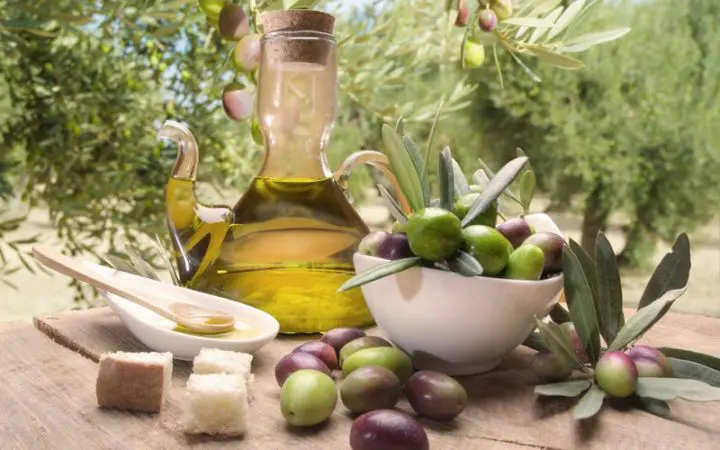
In the quest for distinct olive oil flavors, Puglia’s olive harvesters employ two contrasting approaches. To extract a greener oil with a fruitier essence, olives are plucked when they are still at the 40-60% ripeness mark. Innovative machinery is often used to shake the trees, prompting olives to gracefully tumble into netting spread like an inverted umbrella beneath the trees.
On the other hand, some opt for the allure of golden, slightly bitter, and peppery oil by allowing the olives to naturally fall and then collecting them. This variation in ripeness yields oils treasured in Puglia for their unique characteristics.
The Journey from Bitterness to Flavor
Freshly harvested olives, too bitter for consumption, embark on a transformative journey. They are subjected to a curing process, either in brine or salt. This initial curing takes anywhere from 10 to 40 days, followed by a mandatory mellowing period of at least three months.
The Transformation of Color
Black olives, it’s important to note, are not a distinct species but simply ripe olives that have transitioned from their vibrant green hue to a deep, lustrous black.
A Looming Threat
However, a shadow looms over these cherished olive trees. The xylella fastidiosa pathogen poses a genuine and devastating risk. Carried from one tree to the next by the philaenus spumarius sap-feeding insect, this insidious pathogen desiccates and eventually kills the trees.
This menacing threat was first identified in the region just over five years ago. Since then, it is estimated that more than 10 million trees have succumbed to this blight, obliterating the livelihoods of countless olive farmers, some of whom have tilled the land for generations.
Diverse Olive Varieties in Puglia
Puglia boasts an impressive array of olive varieties, estimated to exceed 50 in number. Among these, several can be considered native to the region. The majority of these local “cultivars,” a botanical term signifying plants selectively bred for desirable traits, fall under the umbrella of Ogliarole, which signifies “olives for oil.” These cultivars bear names rooted in their regions of origin, such as Cellina di Nardò, Ogliarola Barese, and Cima di Bitonto. Notably, Bella di Cerignola stands as Puglia’s primary cultivar for the production of table olives.

